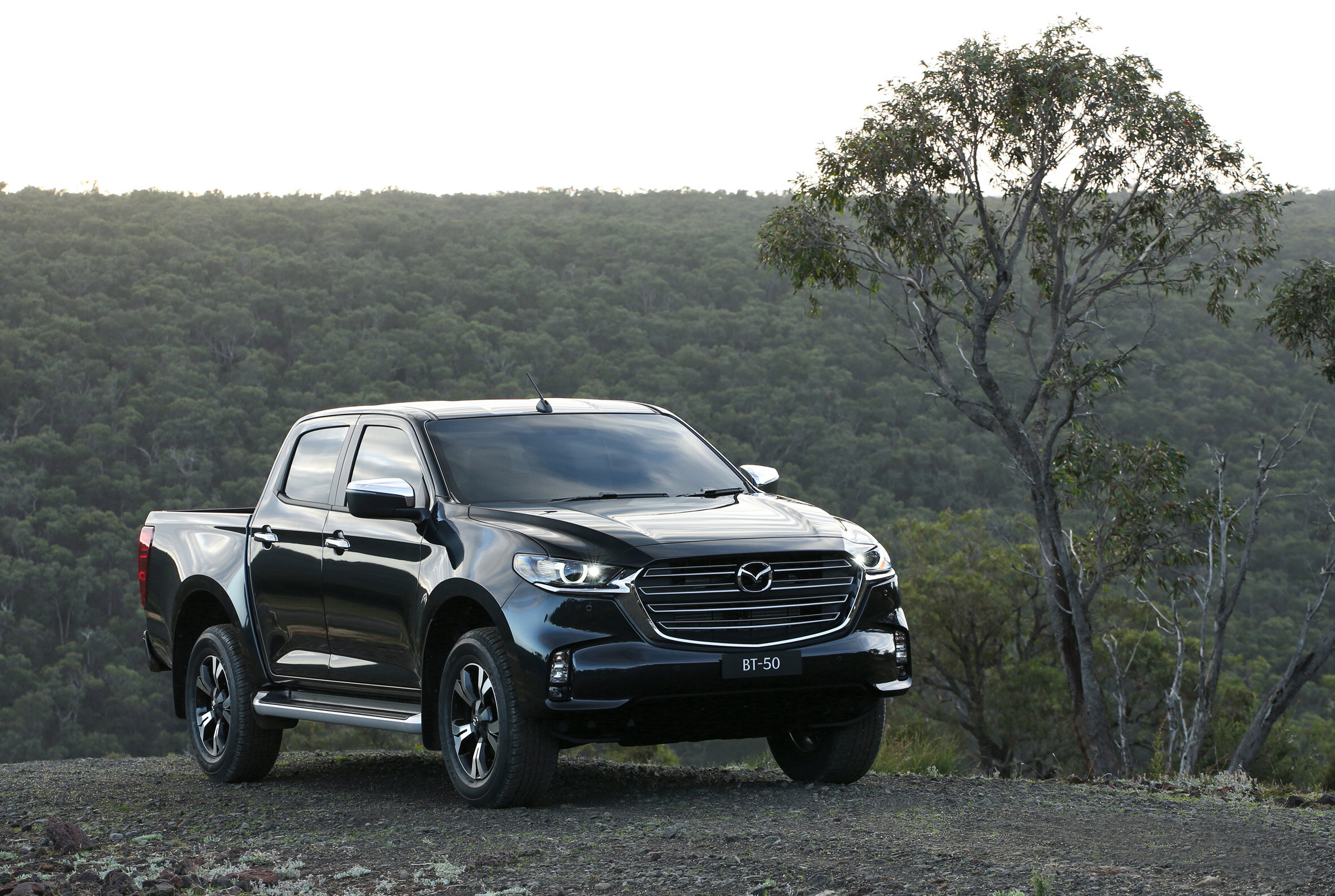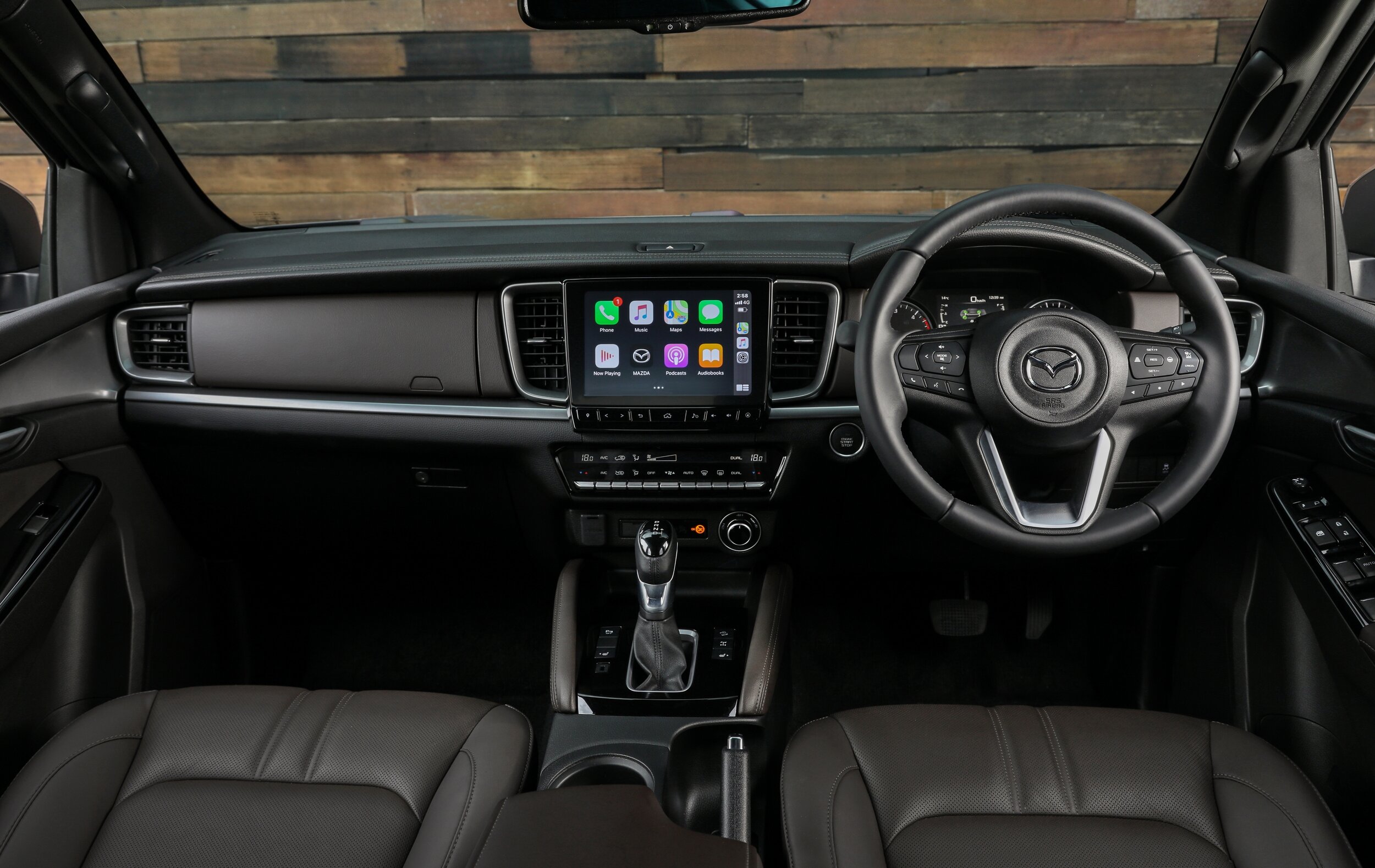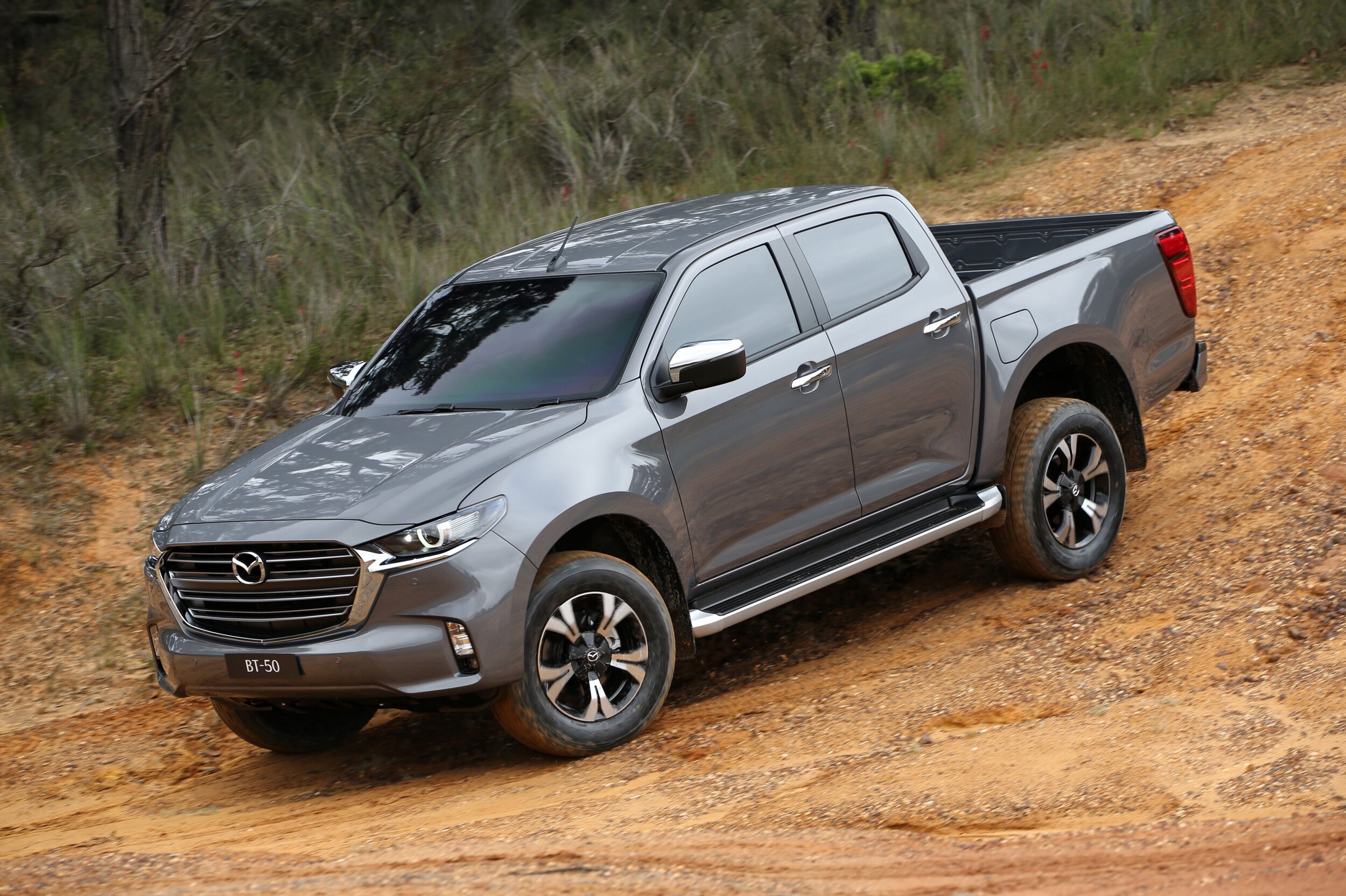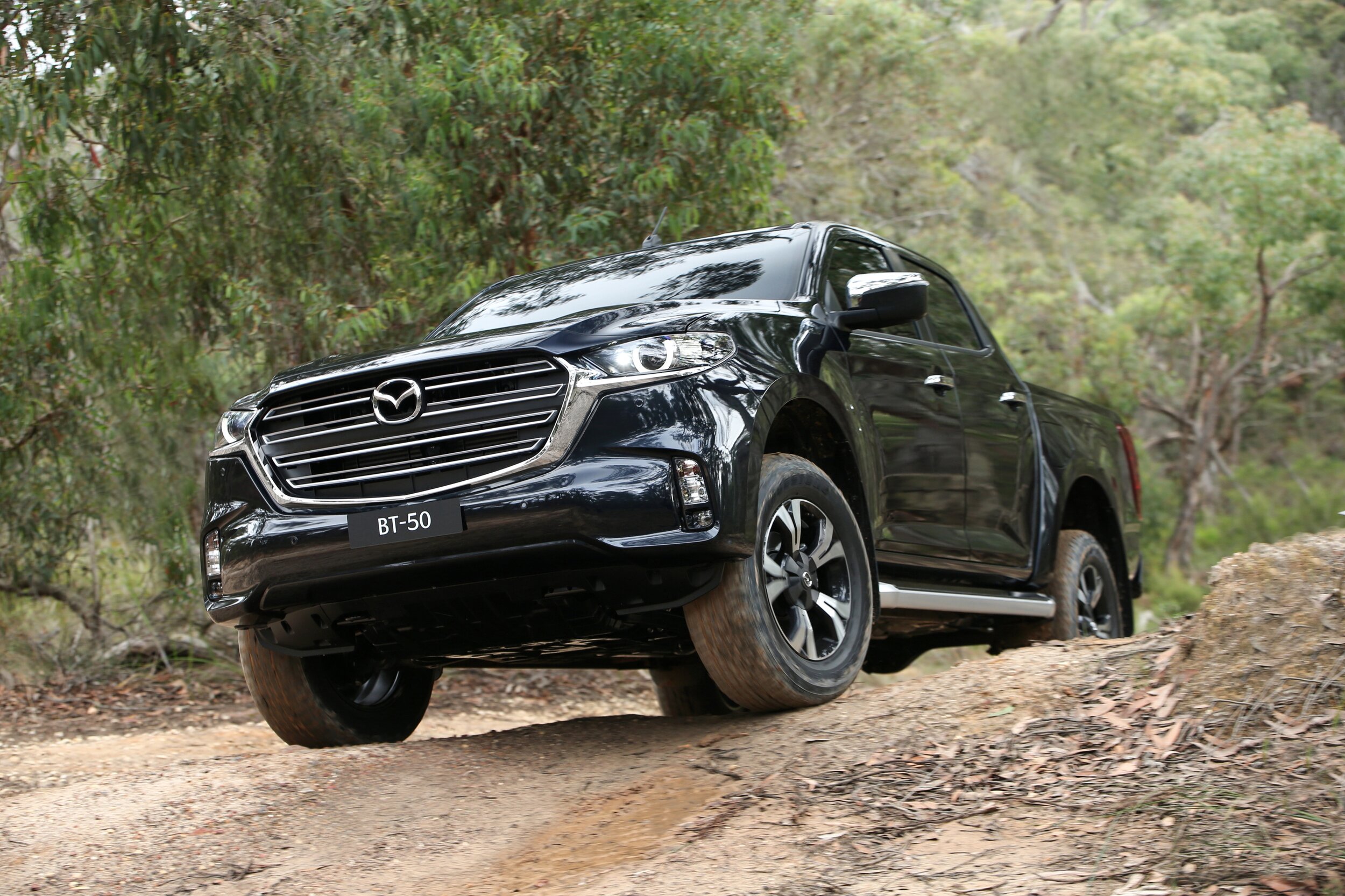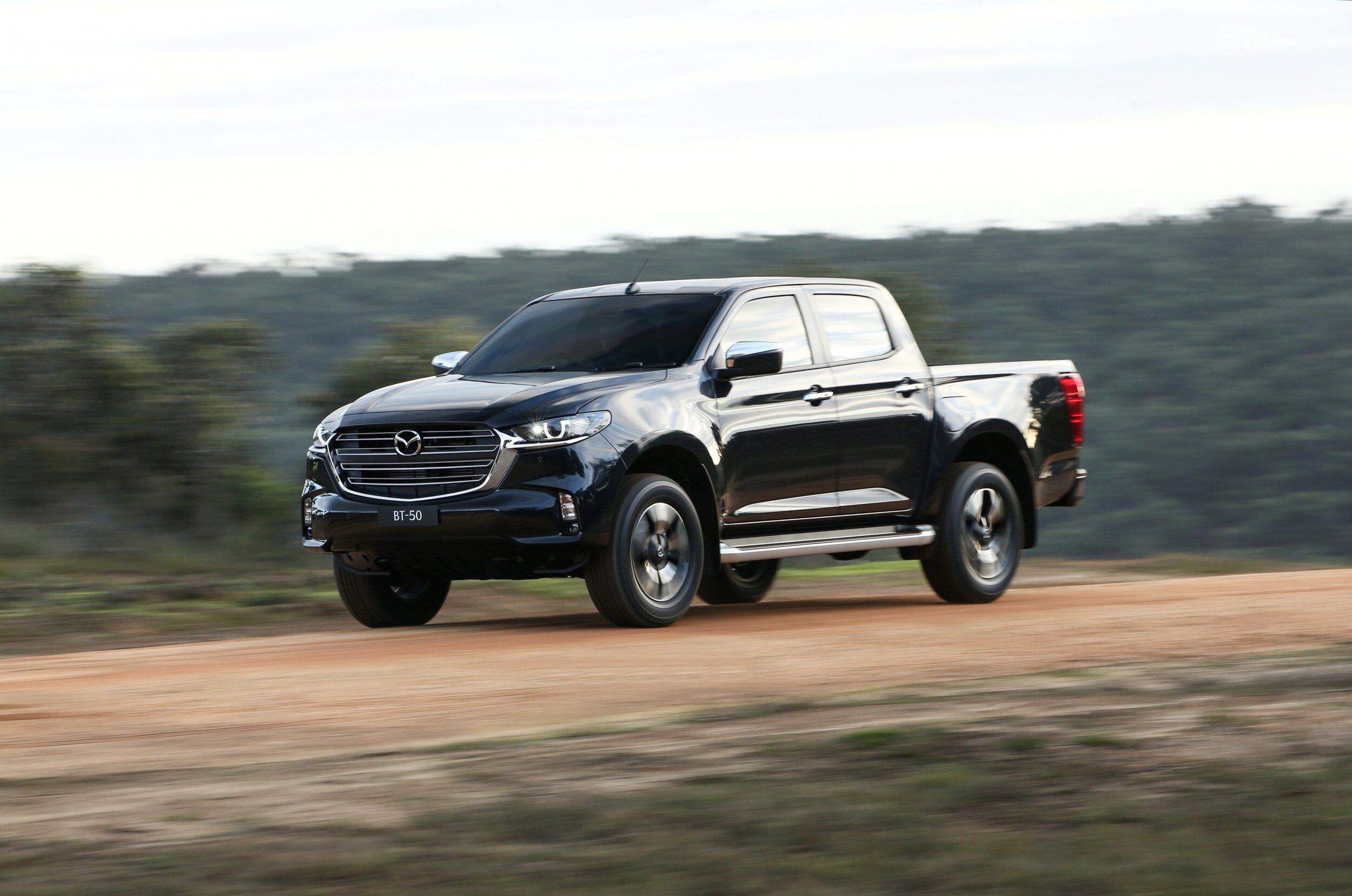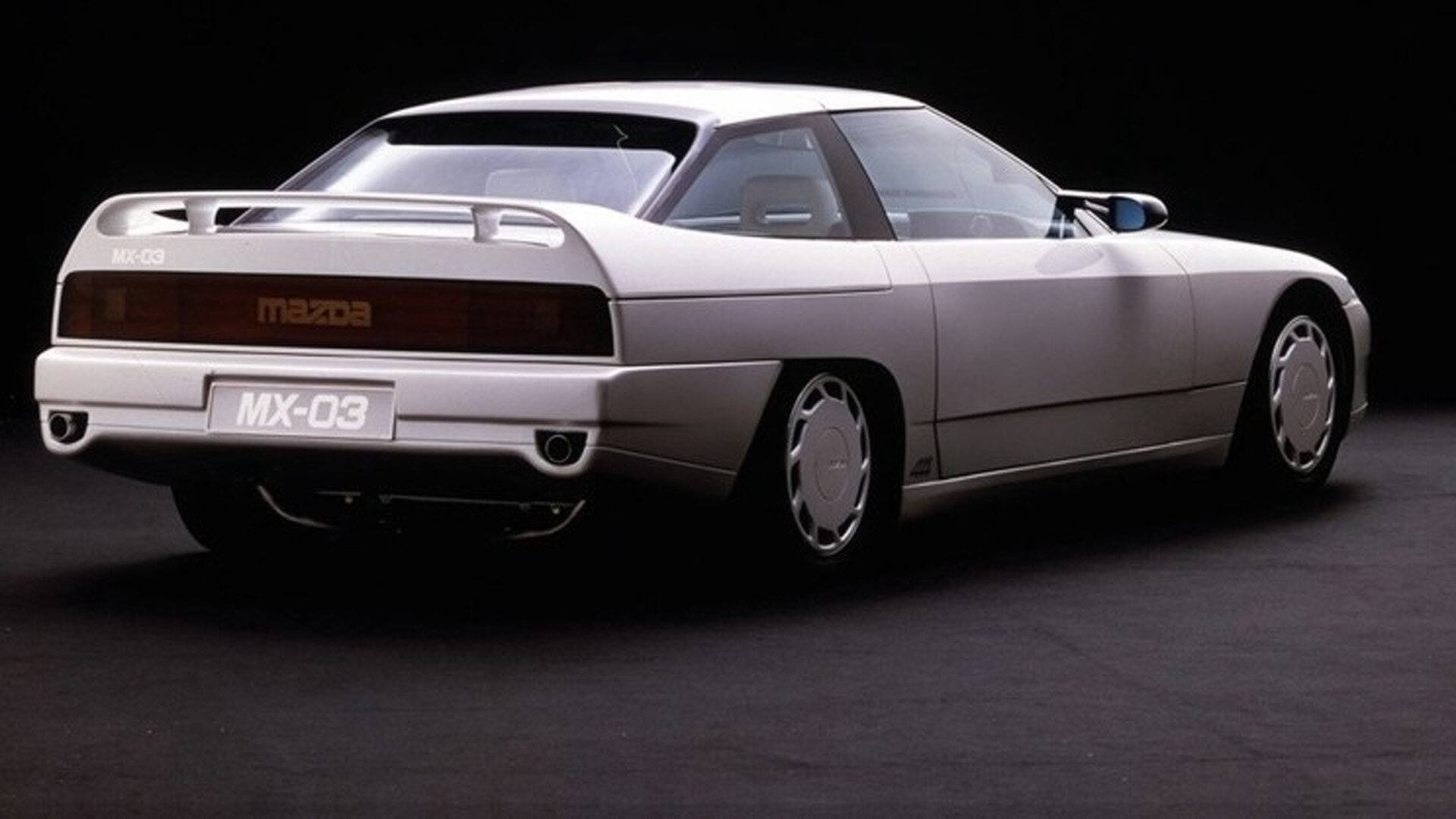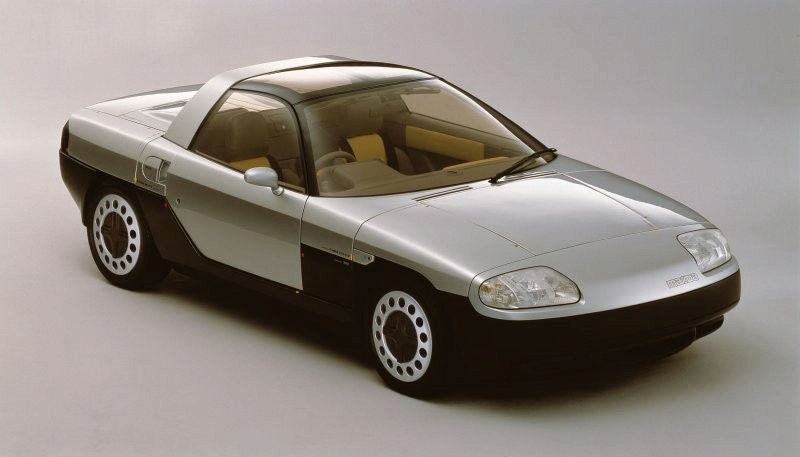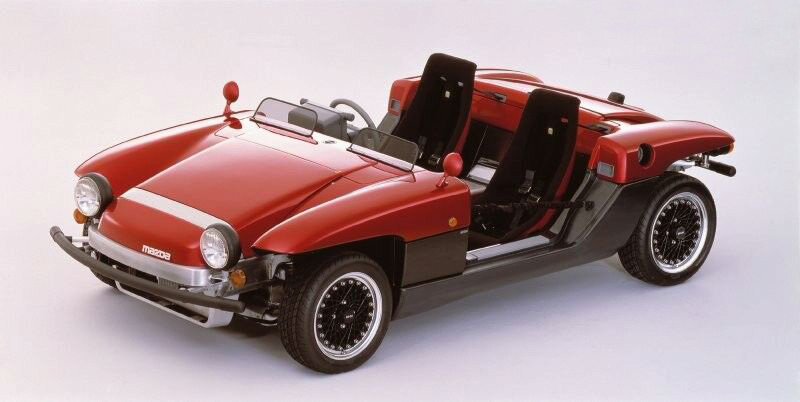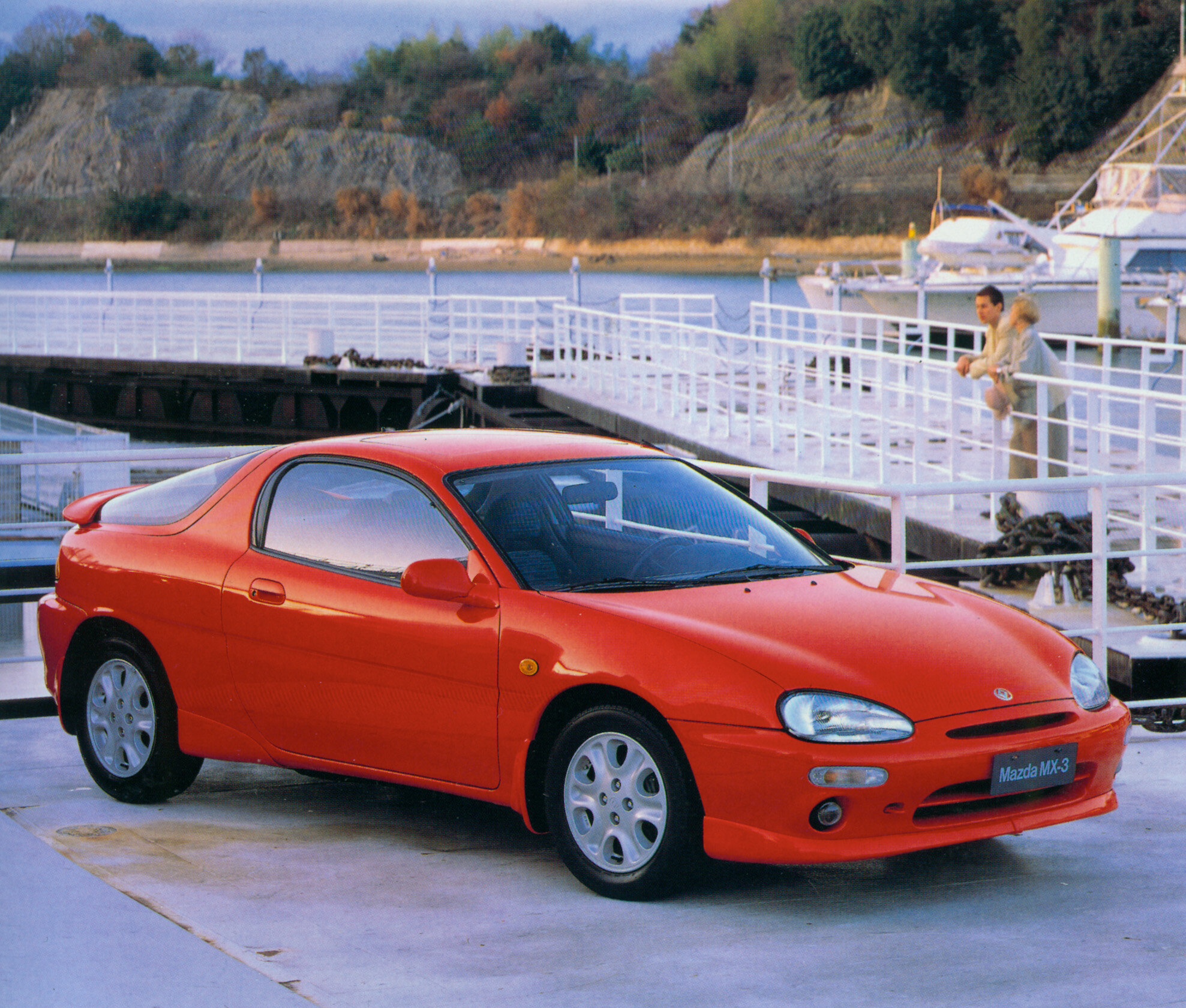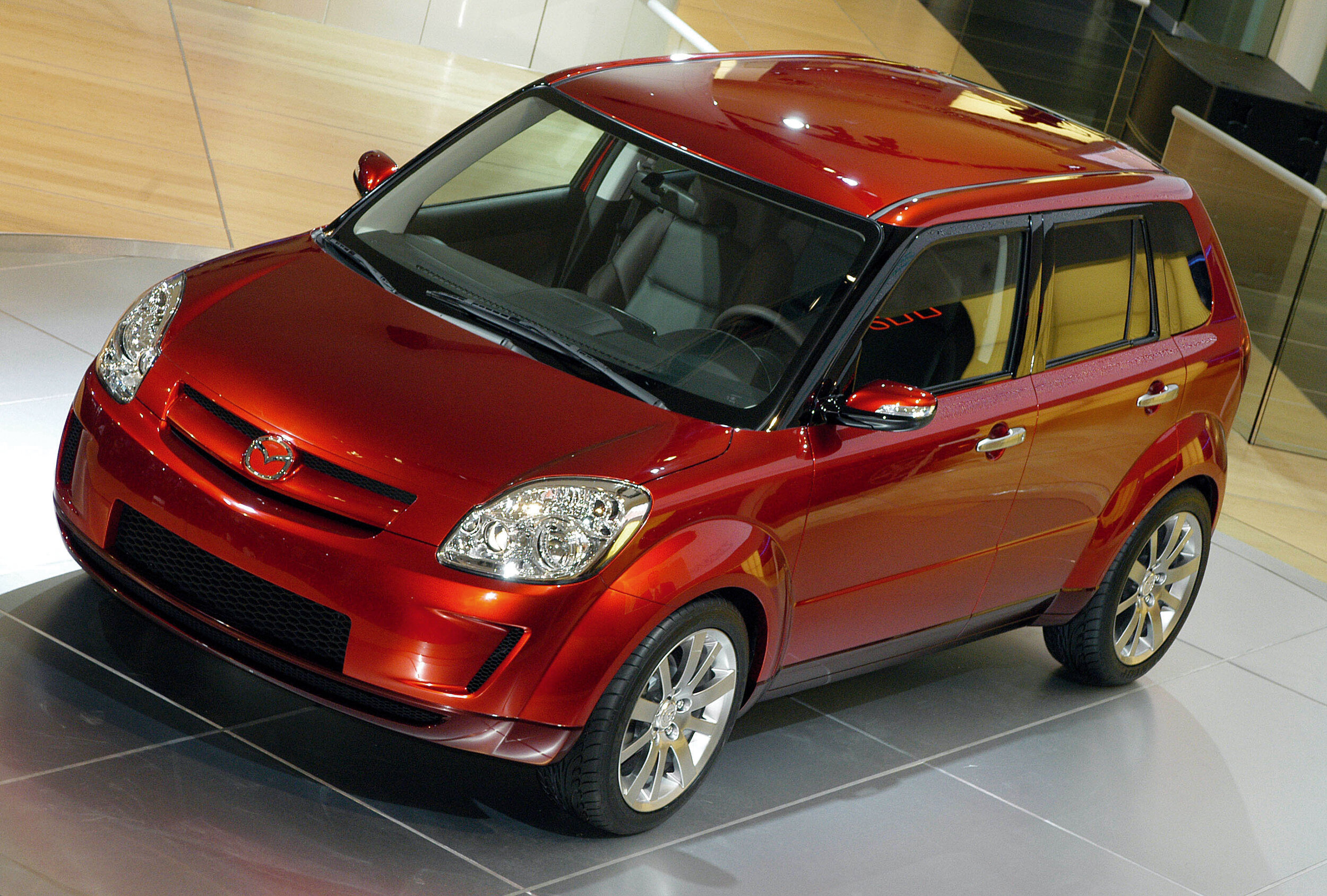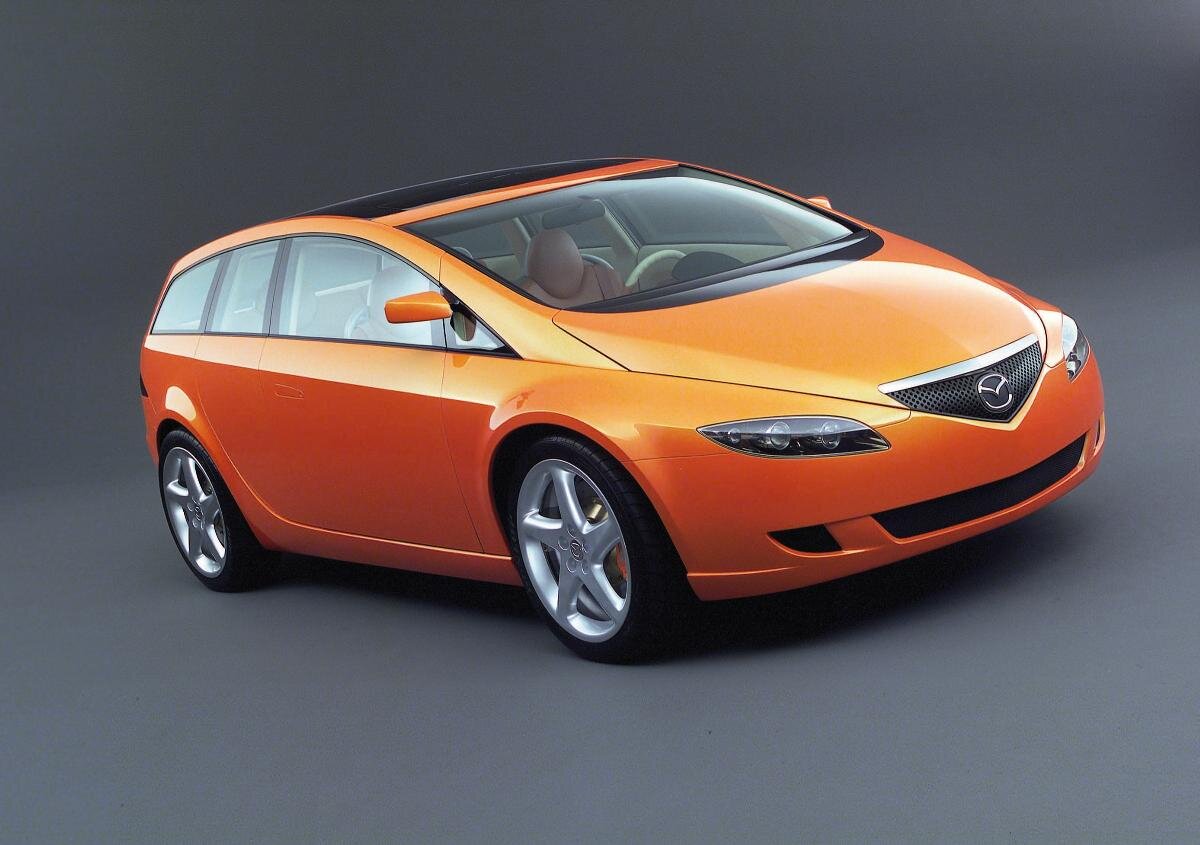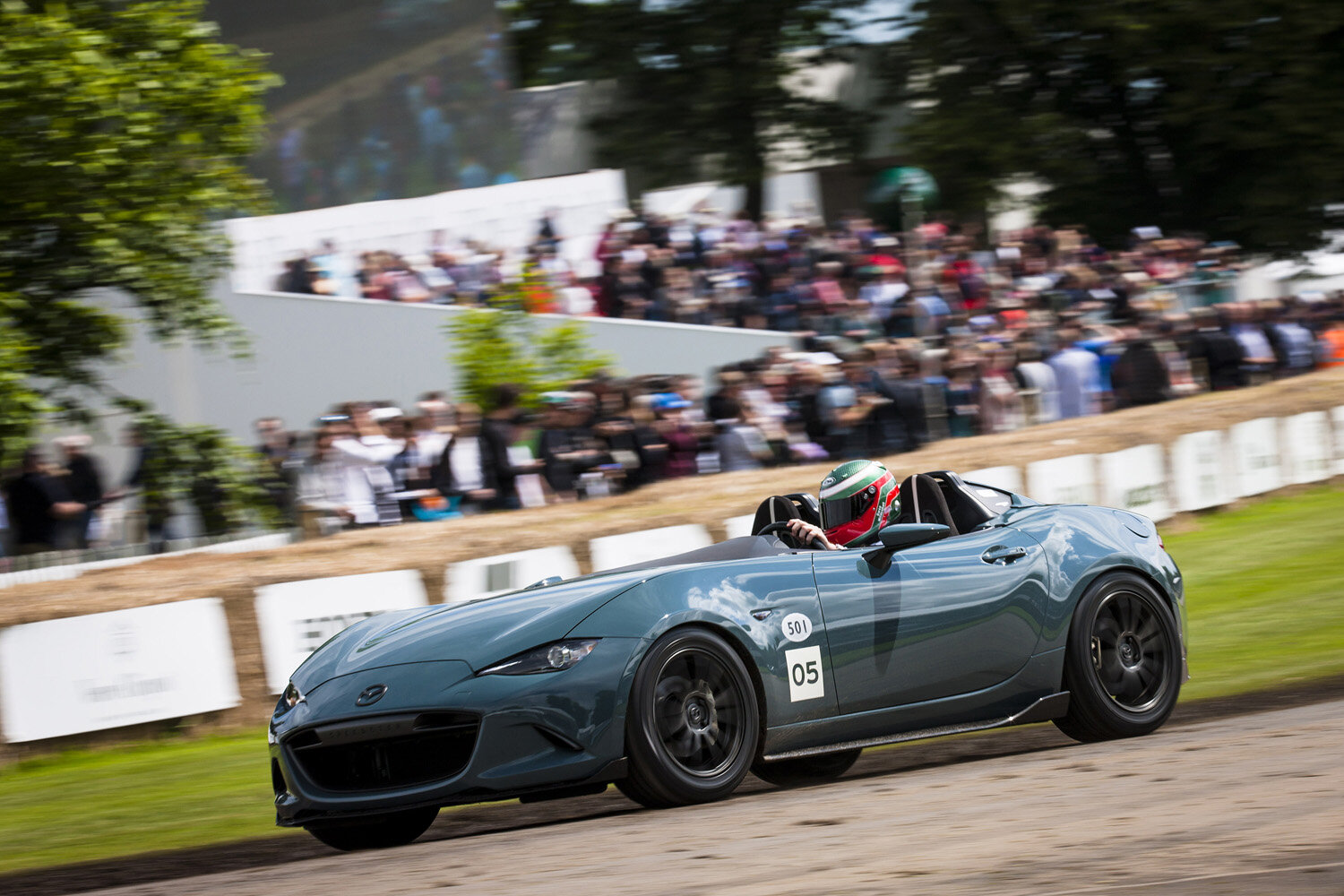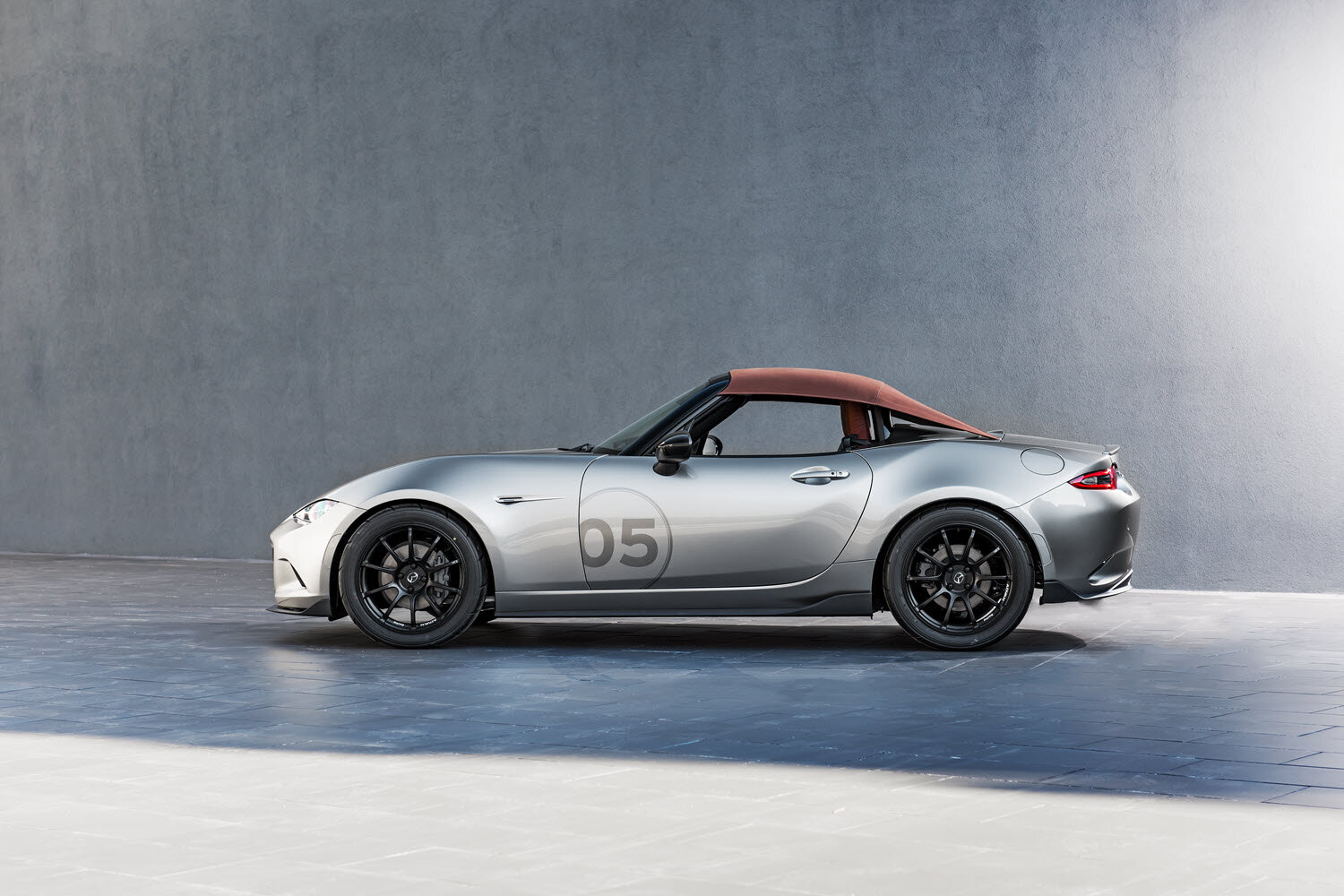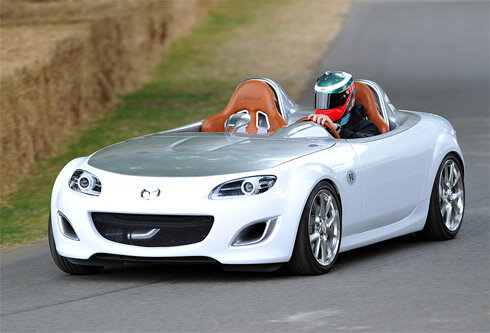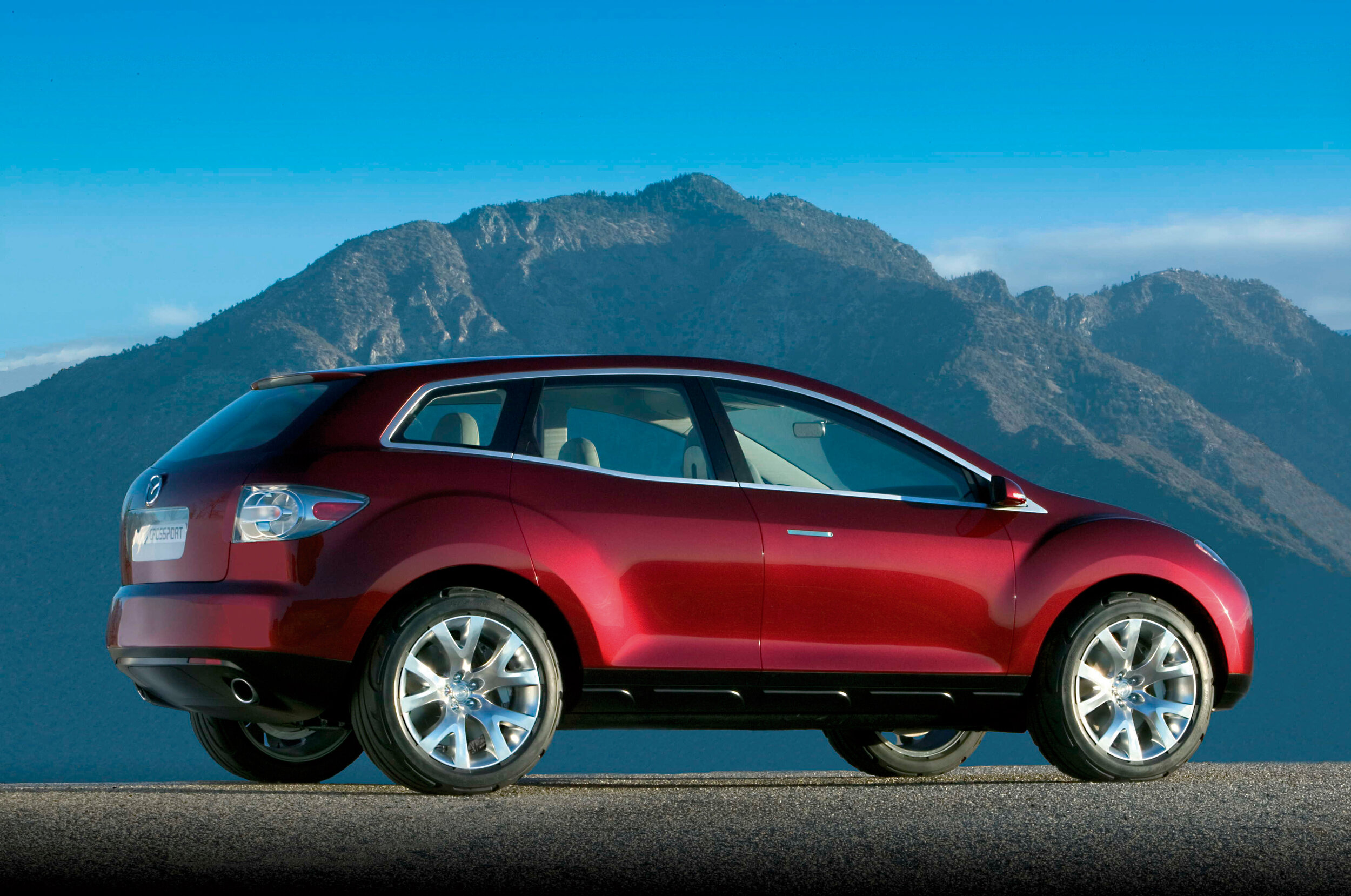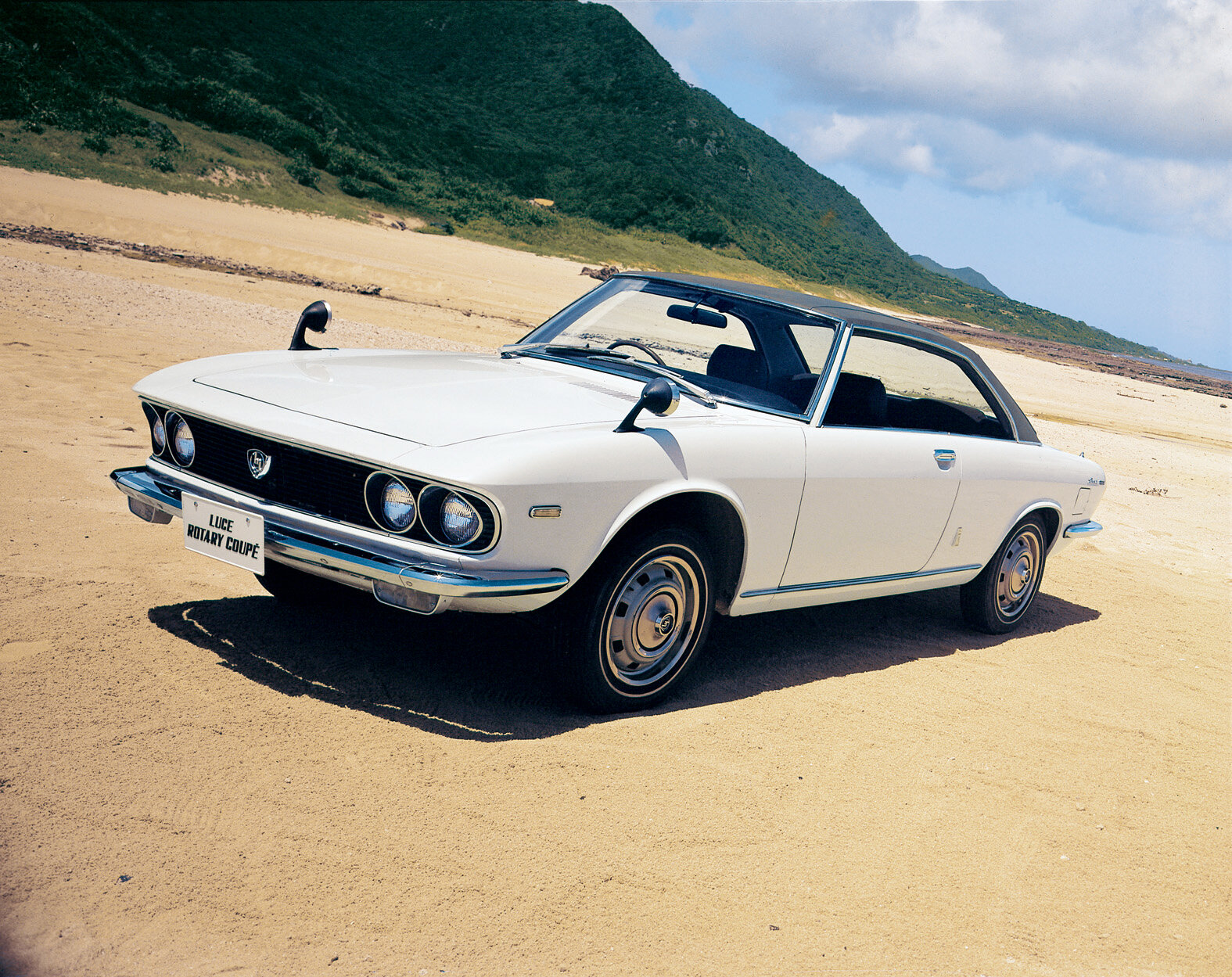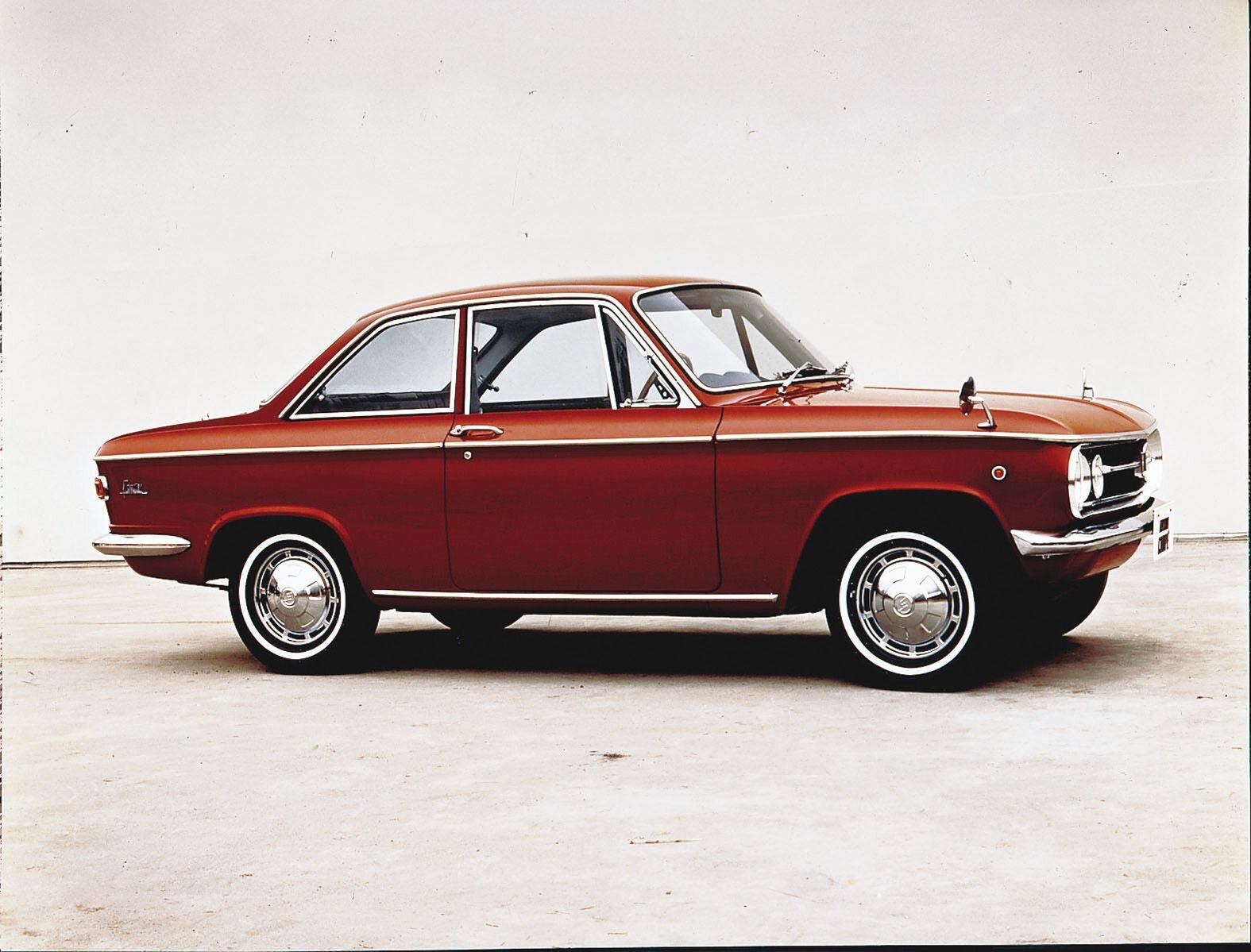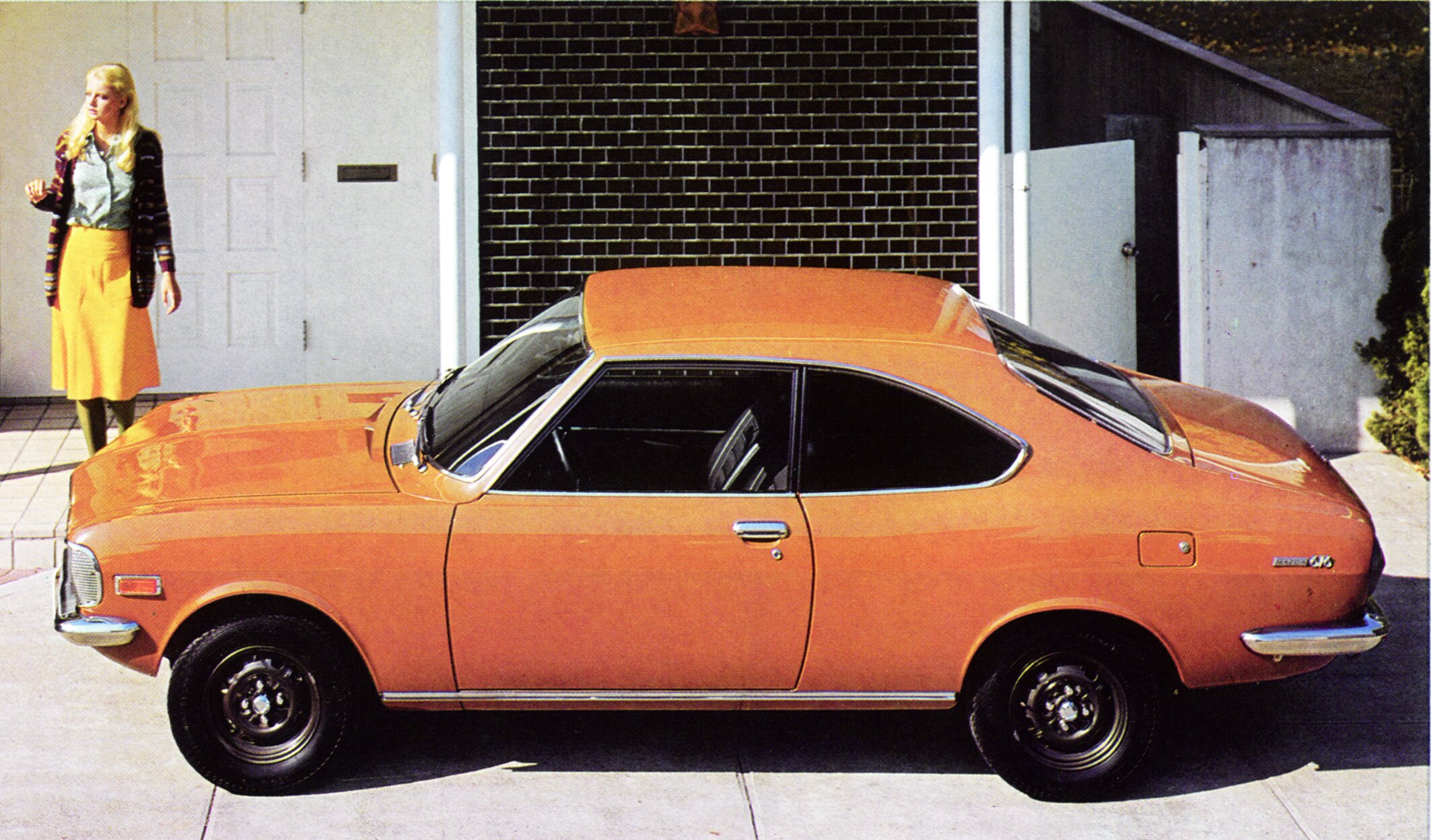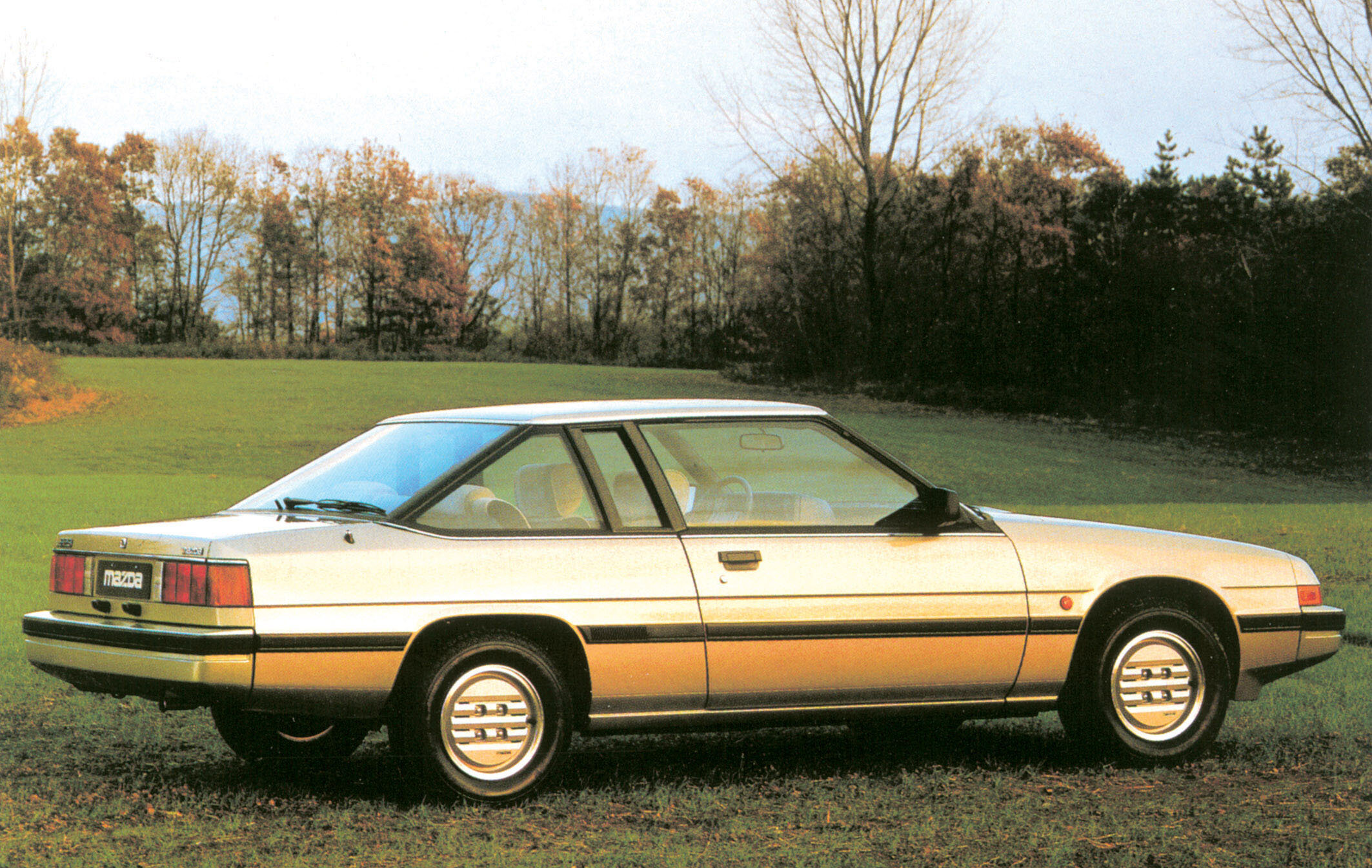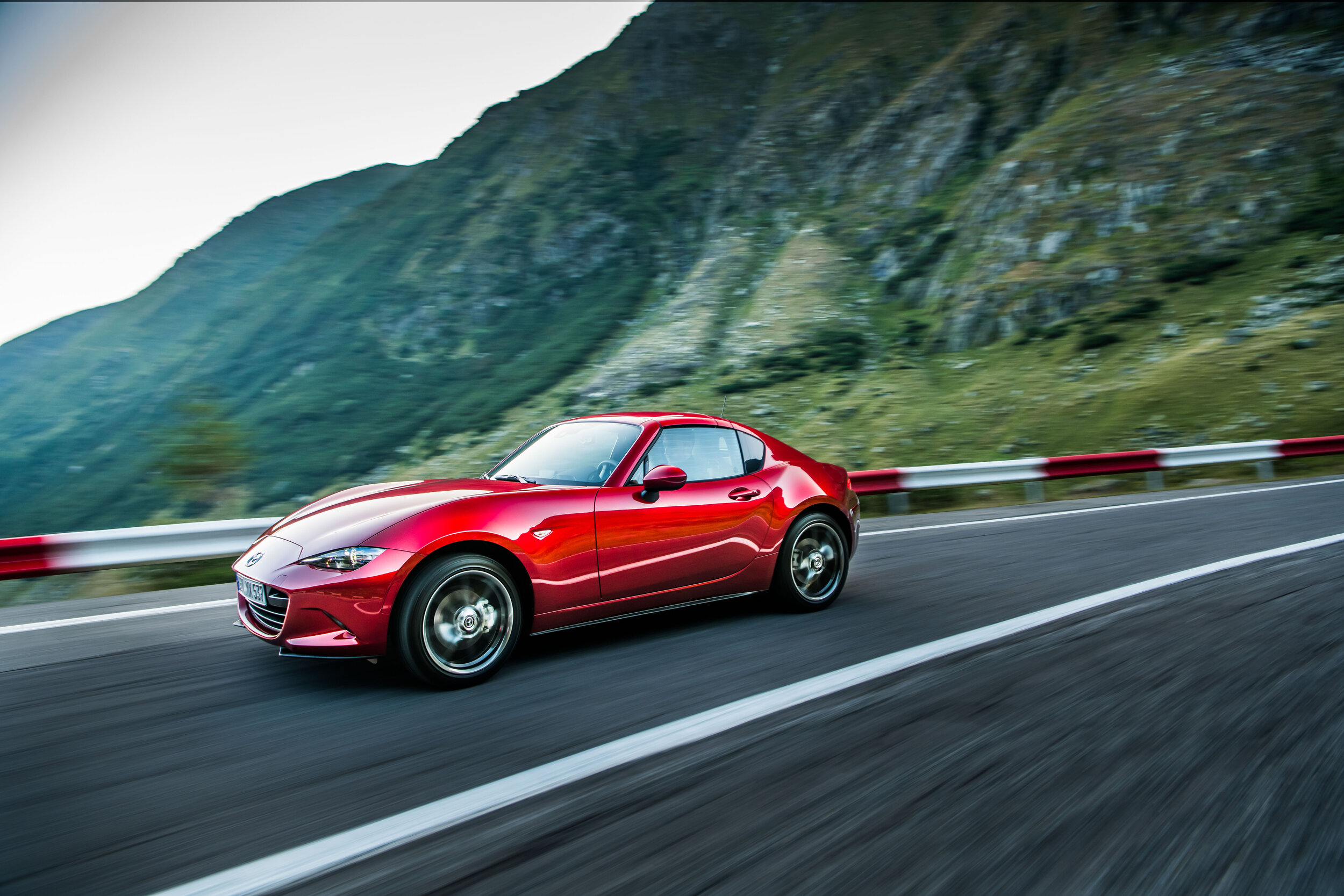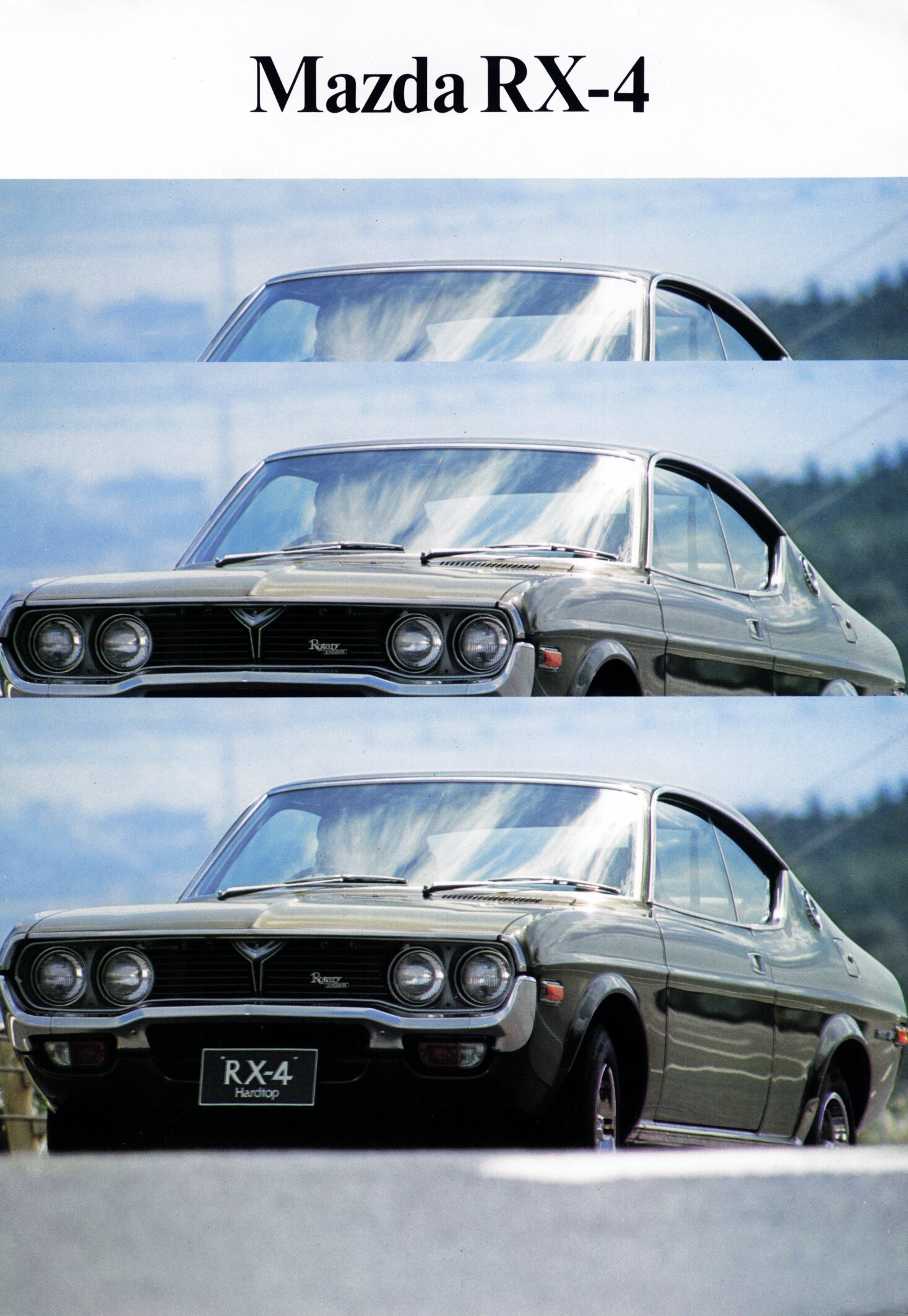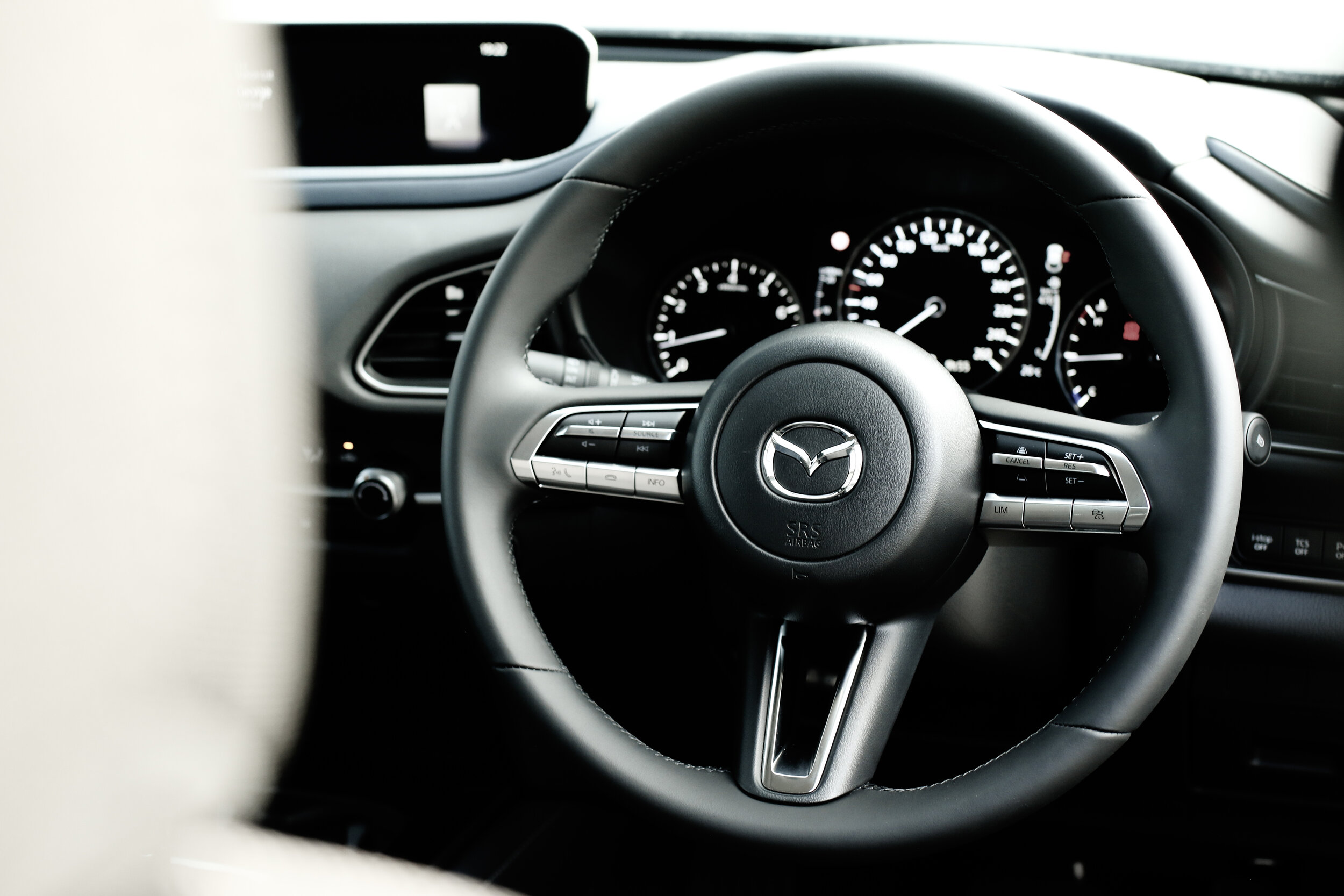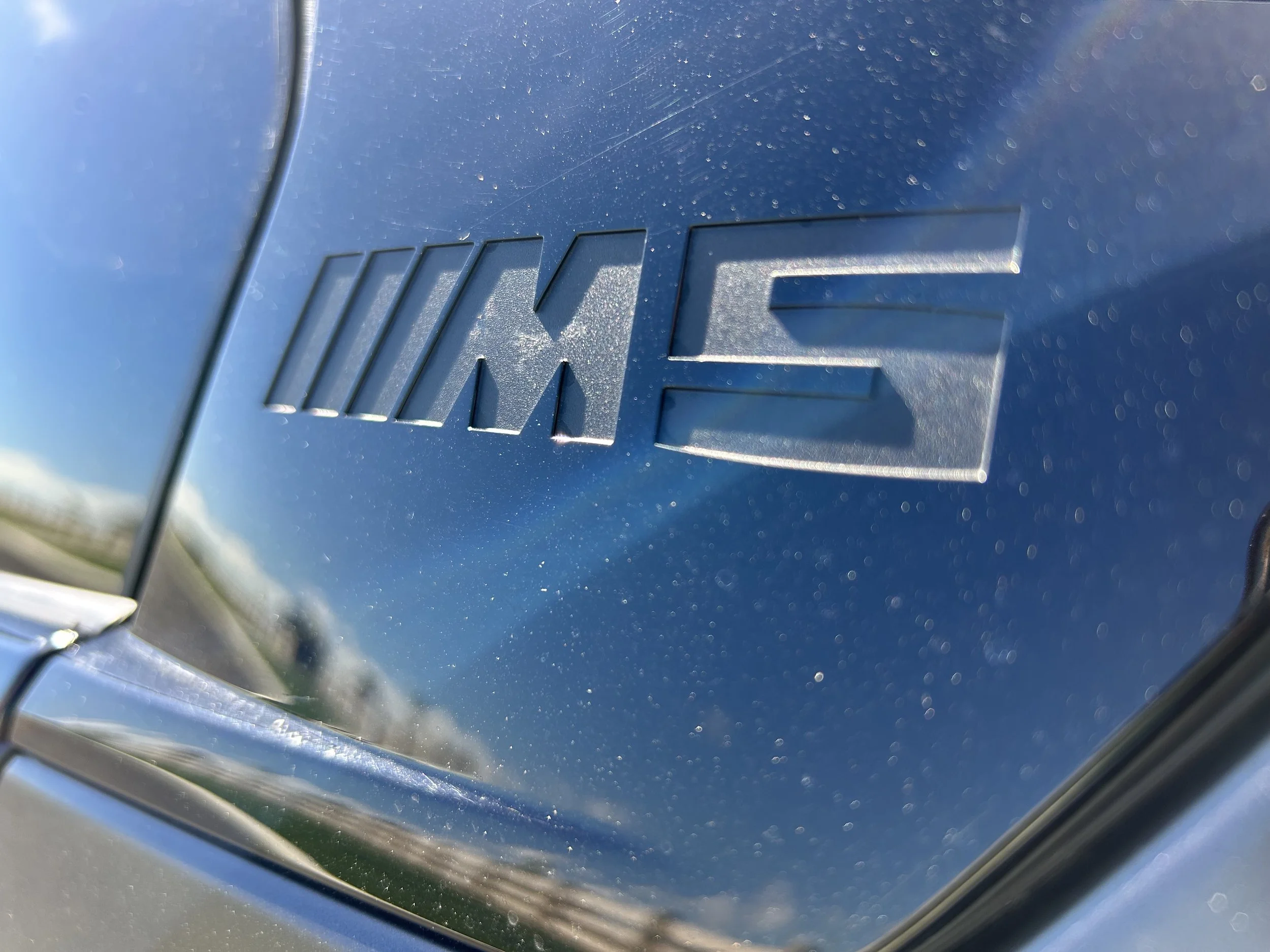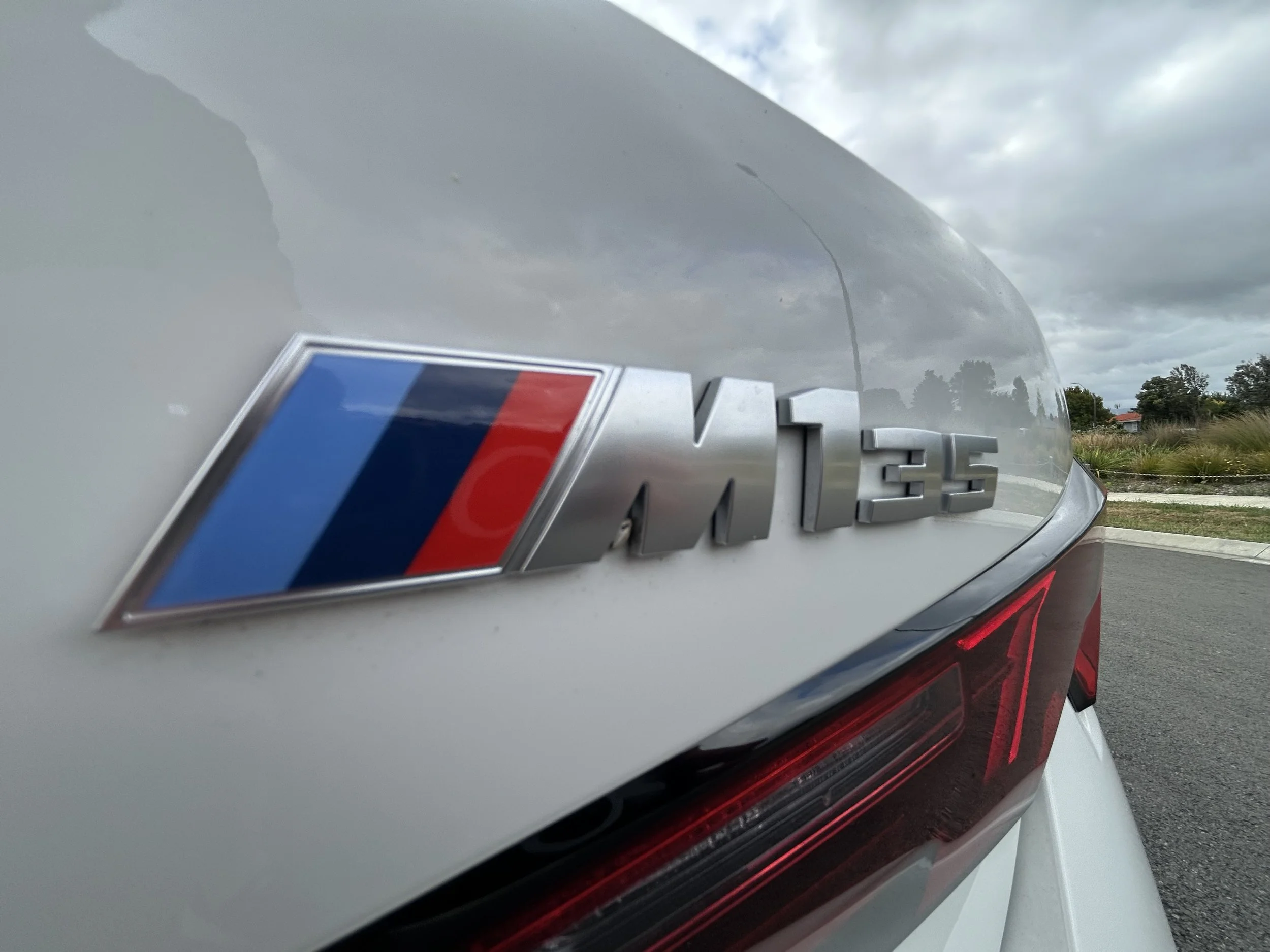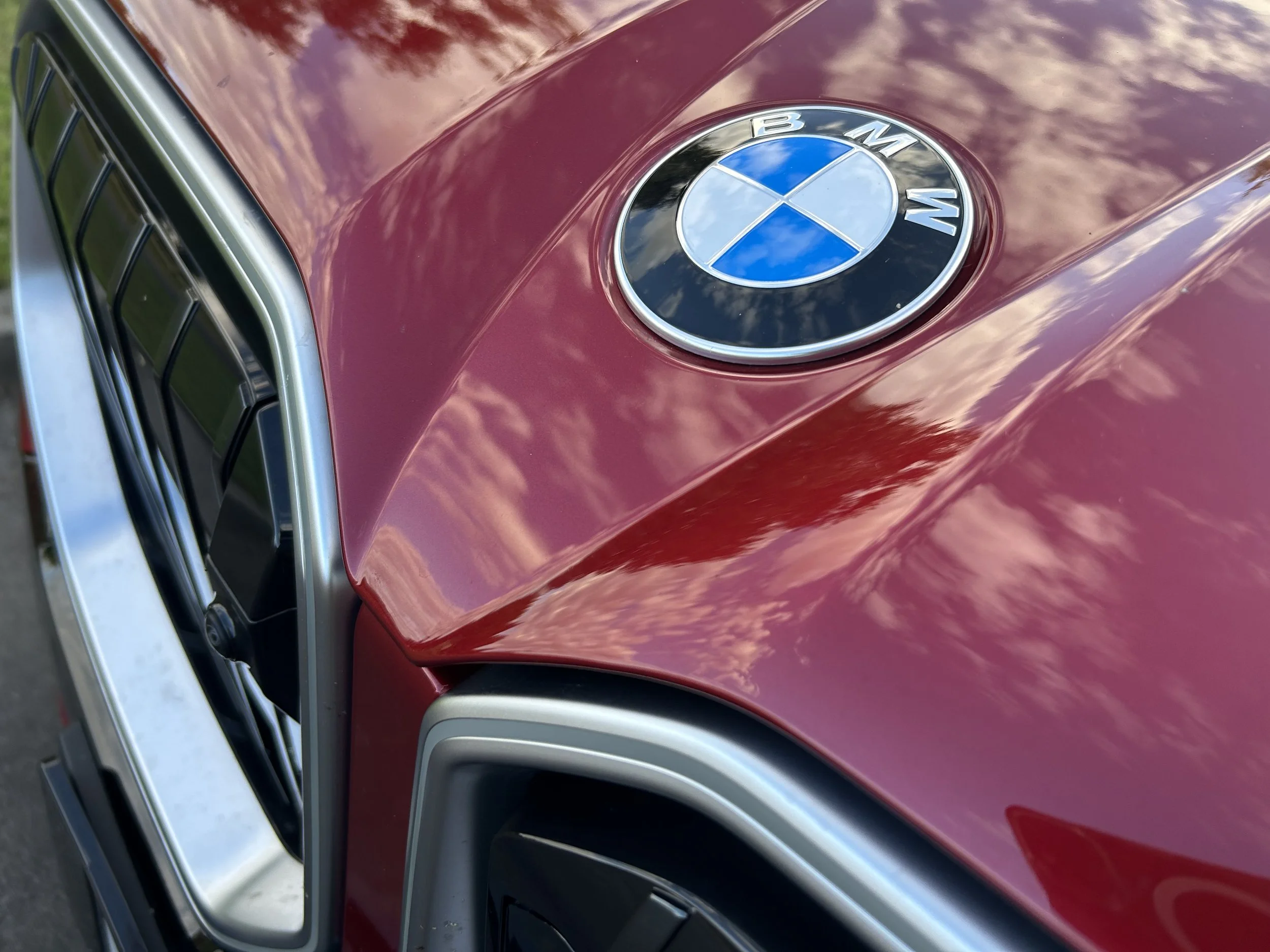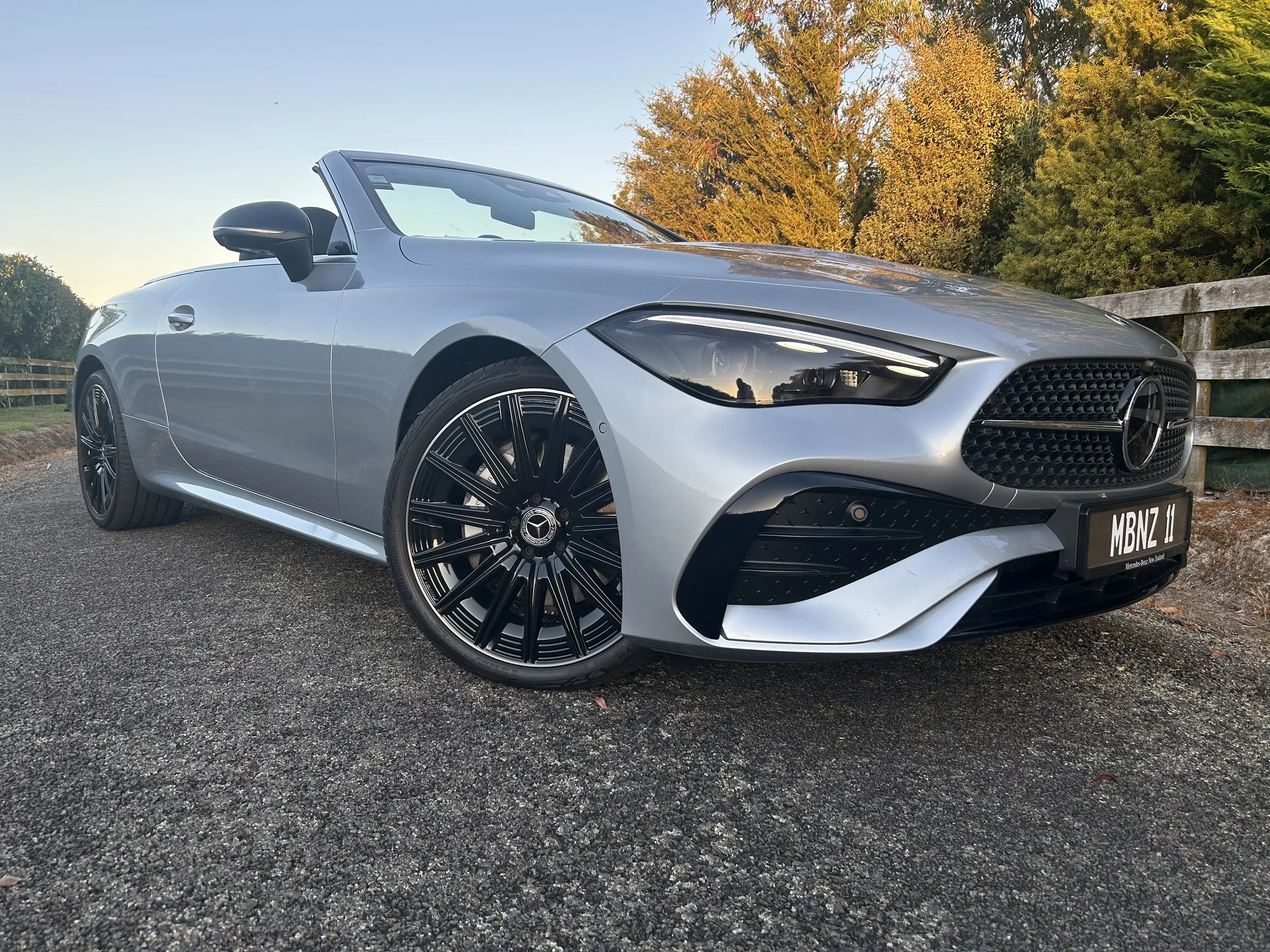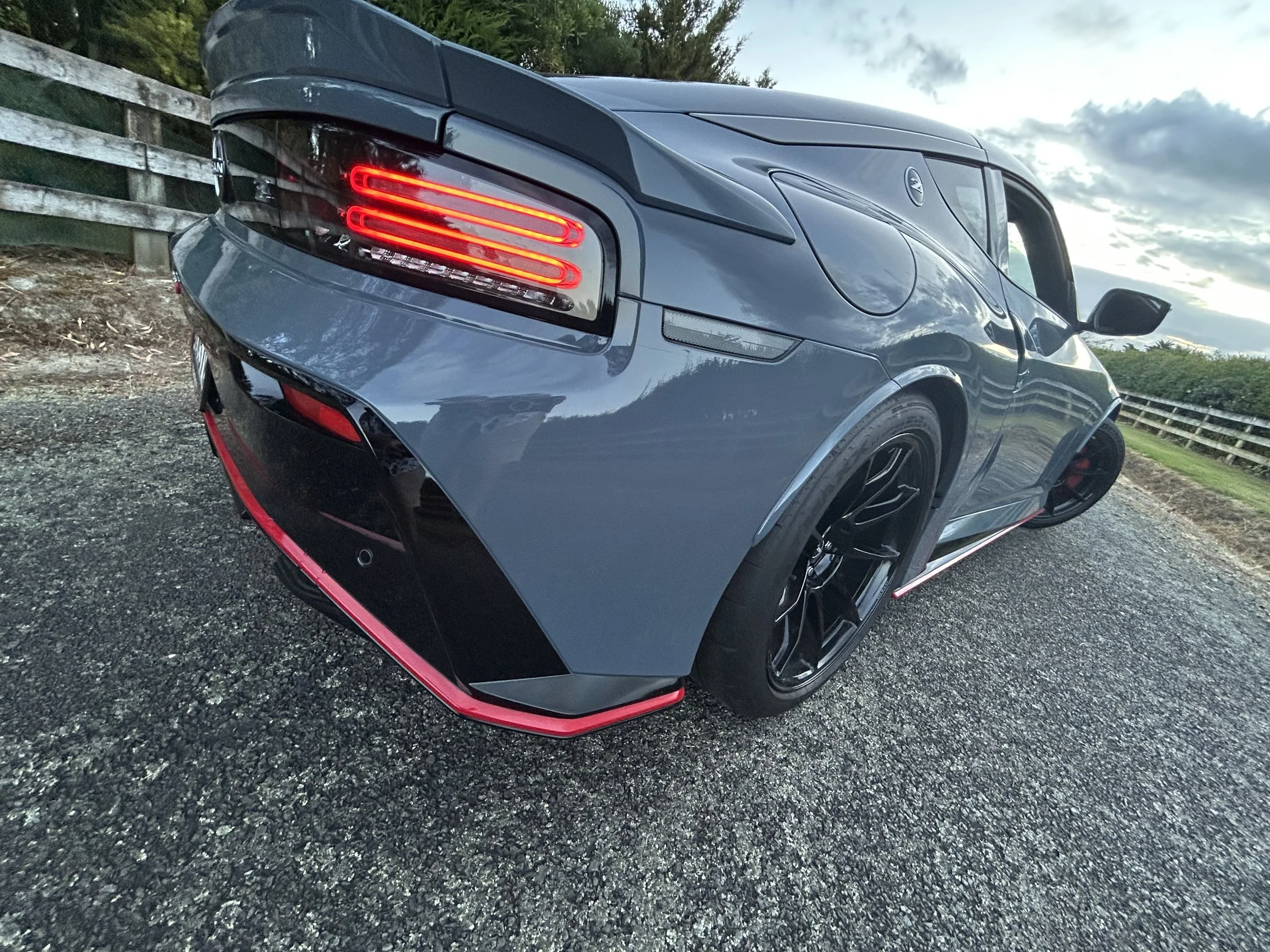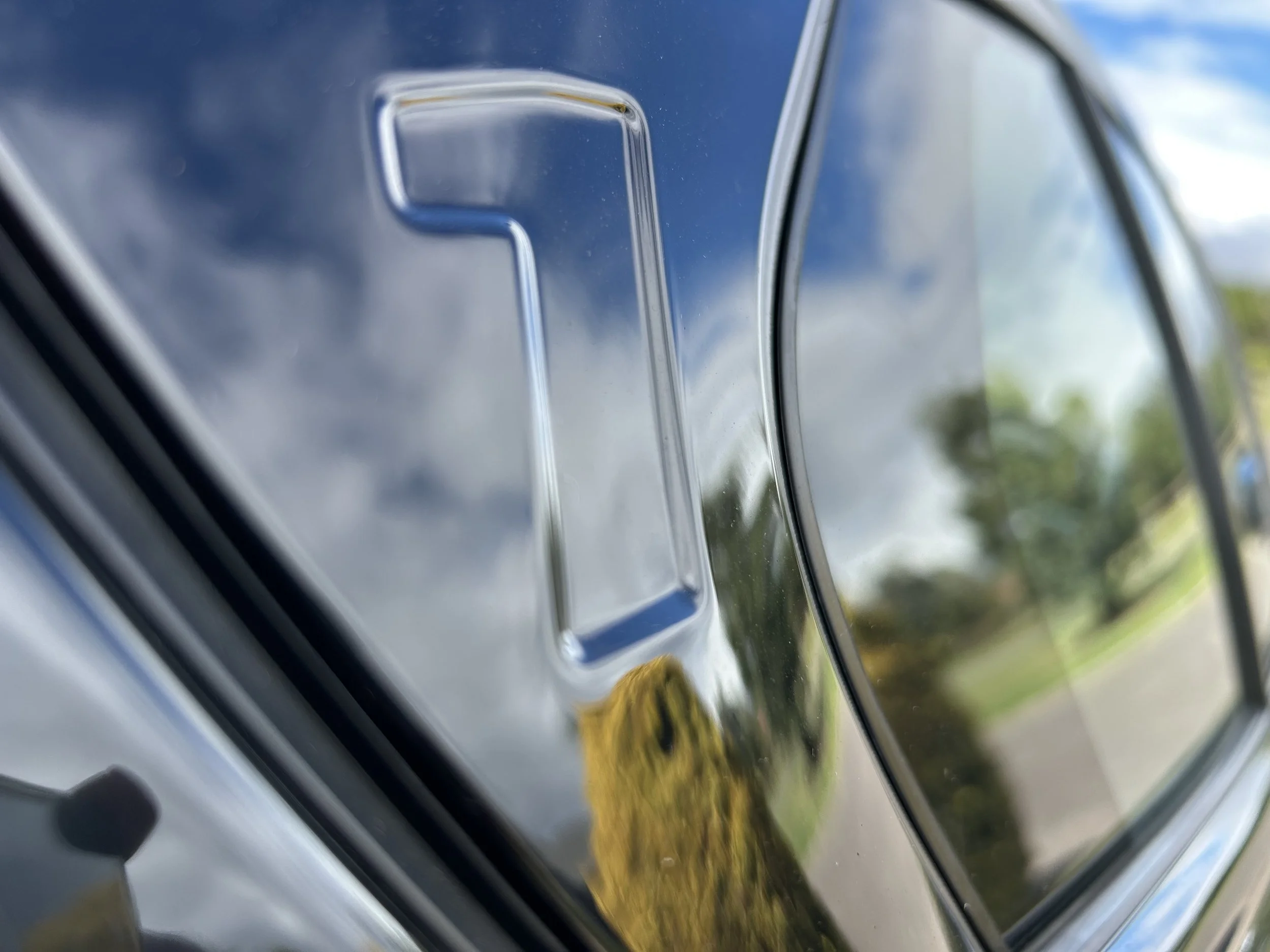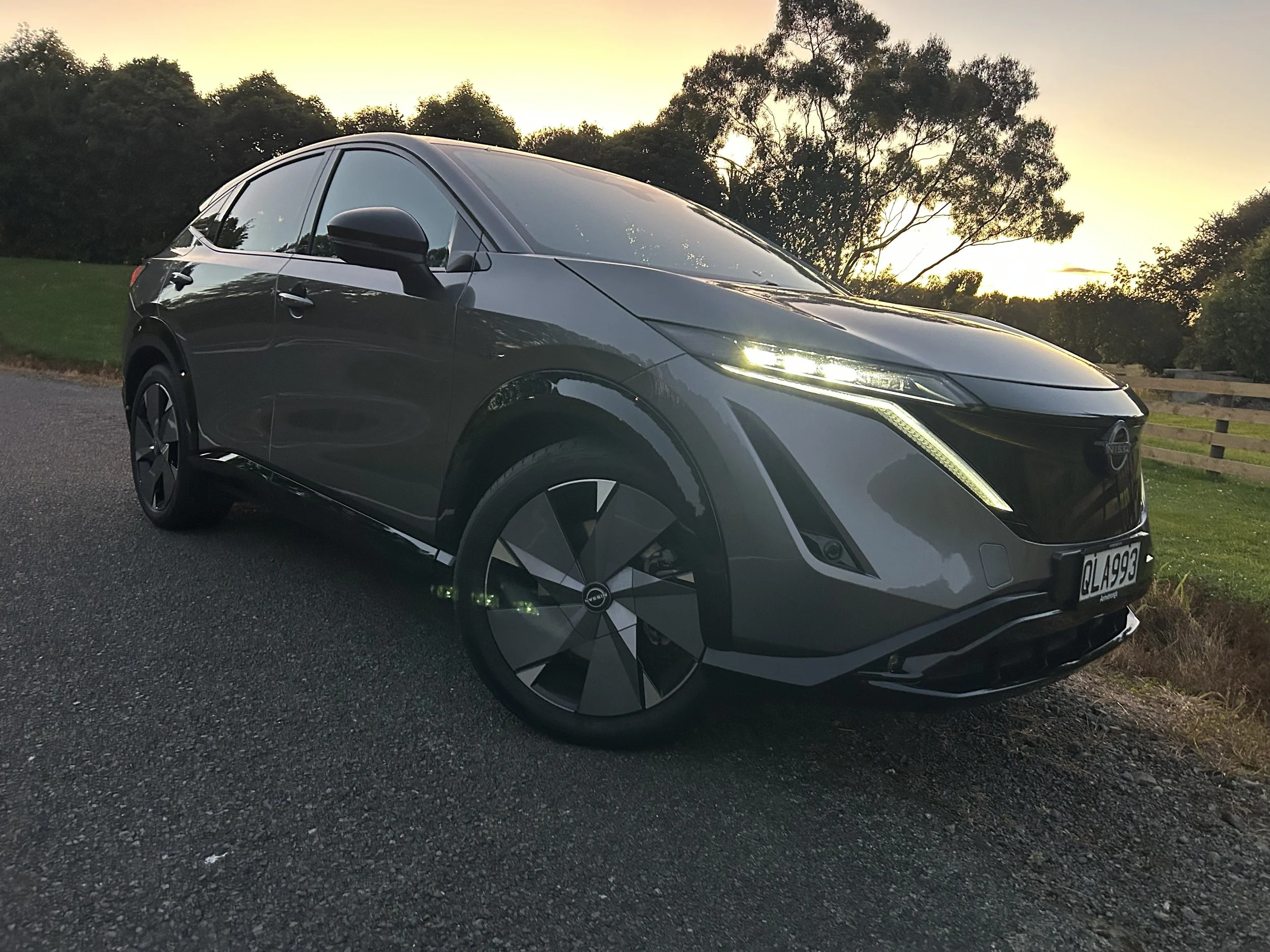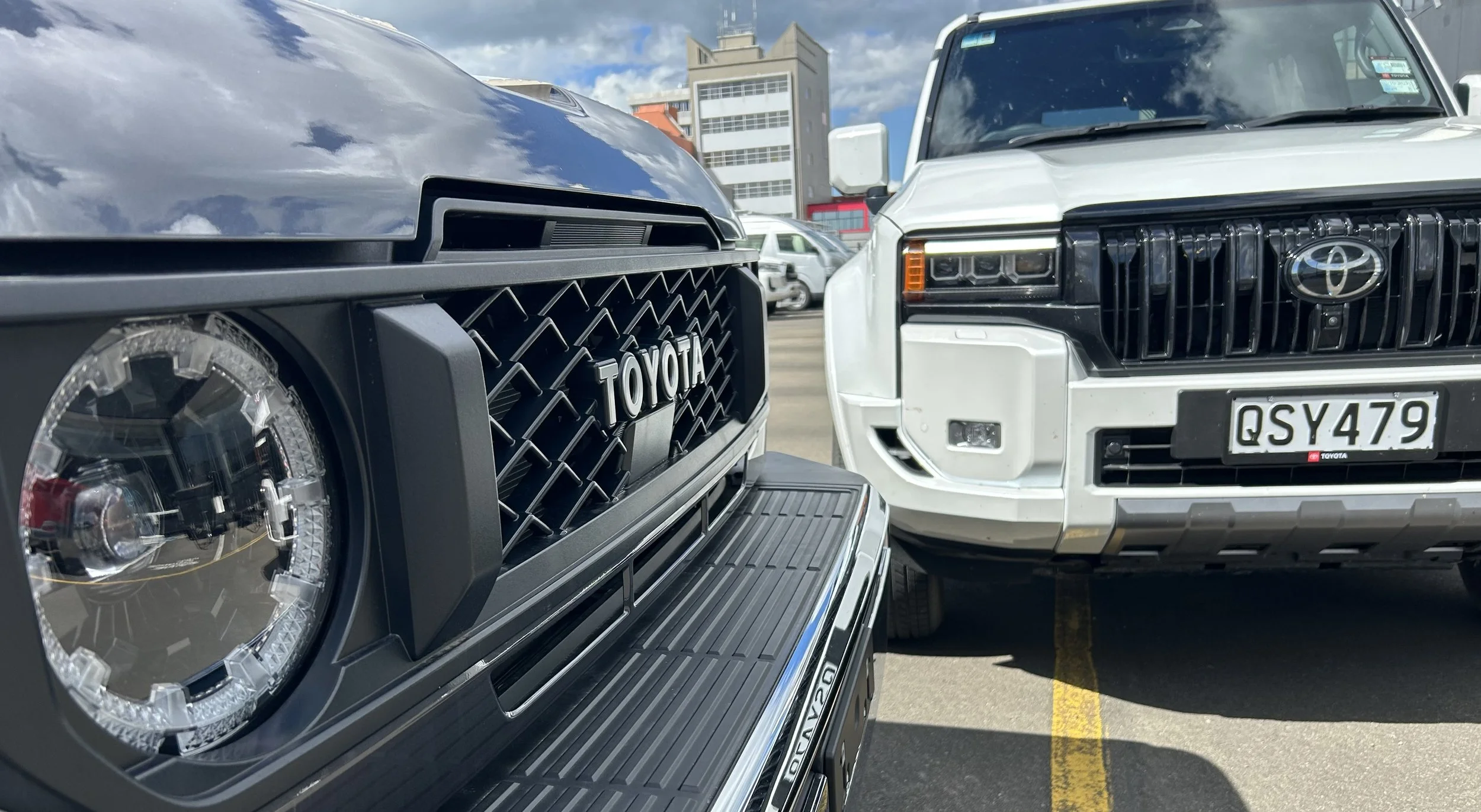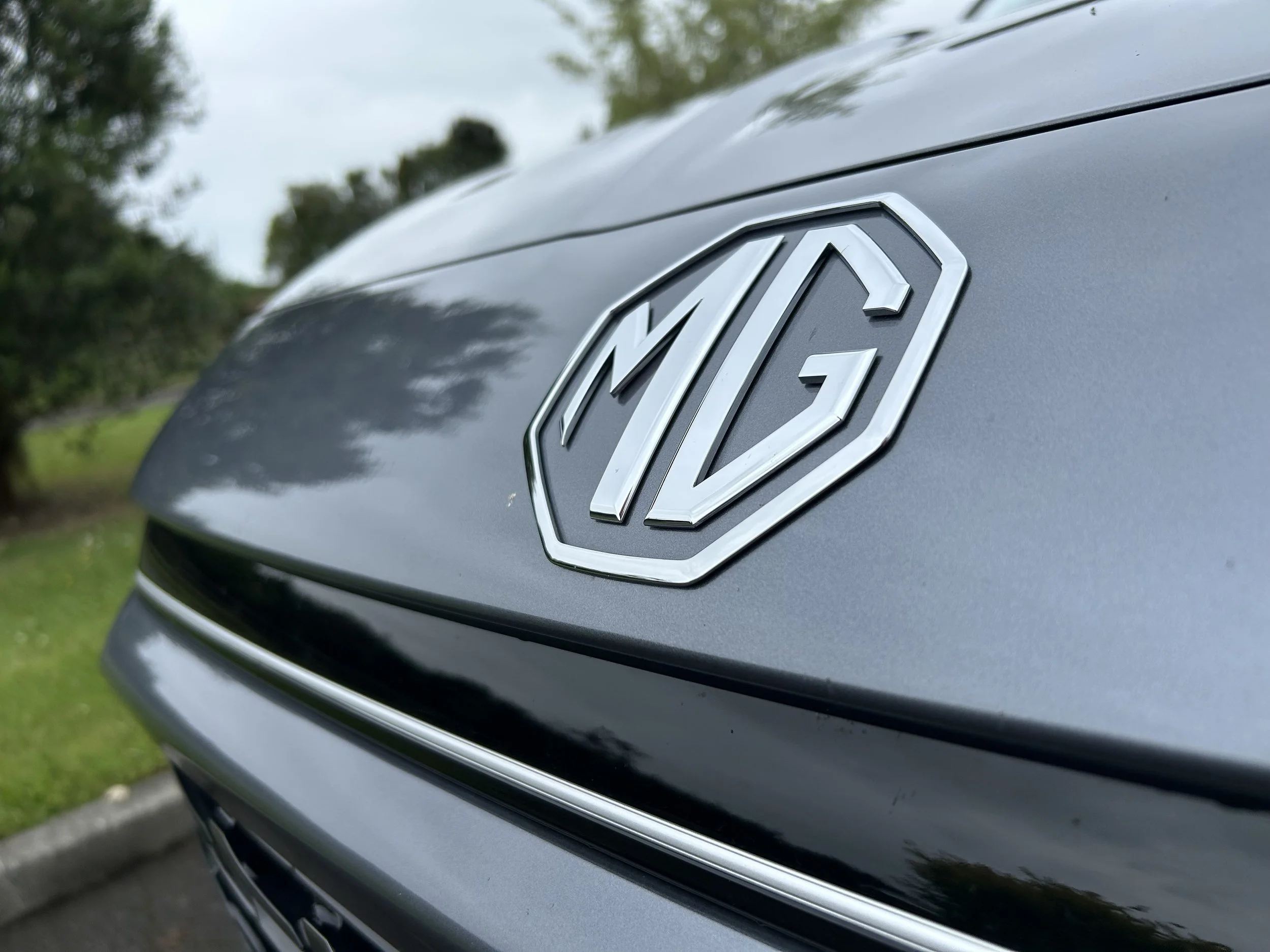Mazda BT-50 goes Kodo … and less kooky
/Ready to fall in love with your ute? The new BT-50 is all about forming strong bonds, Mazda says.
NOT just begat with Isuzu but set to be built by it as well.
That’s one of the interesting factoids emerging from today’s international unveiling the new Mazda BT-50 one-tonne ute, which is set to go on sale in New Zealand before the end of the year. Potentially following very closely in the tyre tracks of its new twin, the Isuzu D-Max.
A media release discussing the model makes clear that this fresh and design, a total divorce from the Ford Ranger-derived current model that has been here for nine years, appears set to roll off the same assembly line in Thailand that has been producing the latest D-Max since late last year, albeit only for sale to Thai buyers.
The process appears identified by Mazda commenting that “the all-new BT-50 is supplied by Isuzu Motor Limited on an OEM basis.” OEM, of course, is shorthand for ‘original equipment manufacturer.’
That gives it a subtly different status to the current model, which came out a joint venture plant. However, Mazda’ determination to separate from Ford made that relationship impossible; all the moreso now that the Blue Oval has shacked up with a new partner, Volkswagen, and will have the lead role in producing the next Ranger and its Amarok equivalent.
Isuzu having lead development of the ladder-frame chassis and the drivetrain for both, with Mazda focusing on its specific requirements and design, with both being all but identical under their skins is reinforced by the images and technical detail released today.
The 3.0-litre turbodiesel engine makes the same 140kW and 450Nm in either application. Likewise, both brands’ offers have a 1065kg payload and are rated to haul 3.5 tonnes.
here’s the twin … the new Isuzu d-max.
Unsurprisingly the doublecab formats that are arriving first have the same 3125mm wheelbase, but Mazda’s body is slightly longer – at 5280mm versus 5265mm – though both are equal in width, at 1870mm, and height (1790mm).
The Mazda and Isuzu cabin shapes are shared yet the nose and tail stylings are patently different. While Mazda has again incorporated a visual identity that relates to its cars’ ‘Kodo’ design ethos, the impact of that appears set to far less controversial; mainly because the sharp nosed look that arguably blighted the second-gen model has been retired. Now BT-50 is back to where it began, conforming to class norms with a bluff frontage.
Mazda NZ managing director Dave Hodge is satisfied with the look, saying it obviously makes it immediately recognisable as part of the Mazda range of vehicles.
He also believes the new model will stand tall for its driving performance, functionality and safety. These factors will ensure the vehicle “will meet the needs of the wide range of situations where our New Zealand customers will be using the ute.”
Mazda says special care went into the vehicle’s design, ease of use and into creating peace of mind for the occupants. It also has enforced an aim to become a brand that can “create strong bonds with customers by focusing on the pure essence of cars — the joy of driving — and committing ourselves to preserve our beautiful earth, enrich people’s lives and make a bountiful society that lifts everybody’s spirits.”
